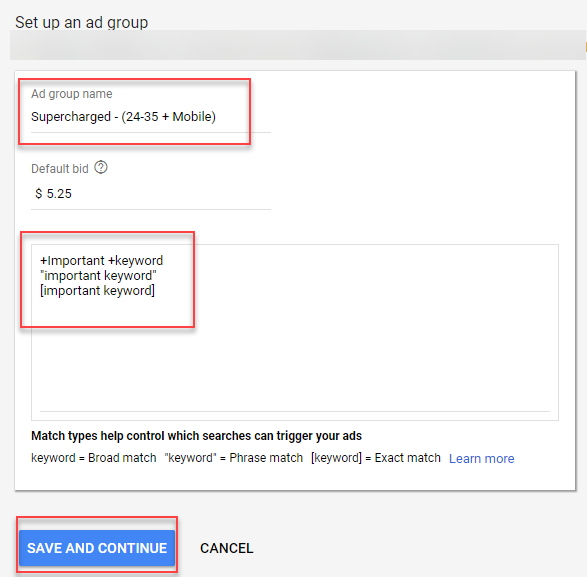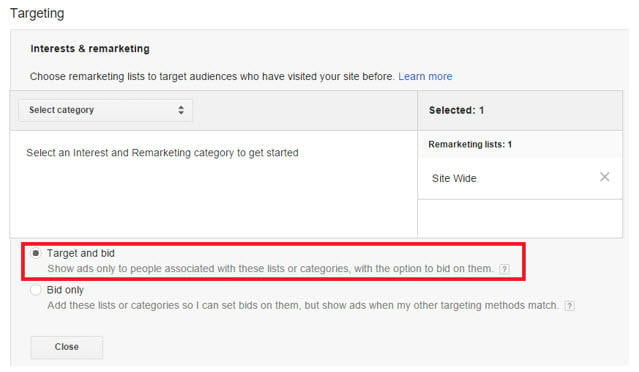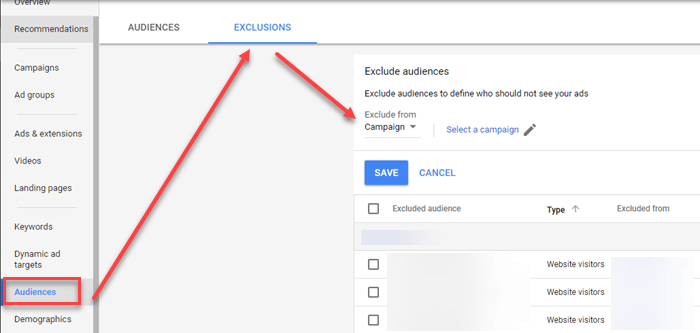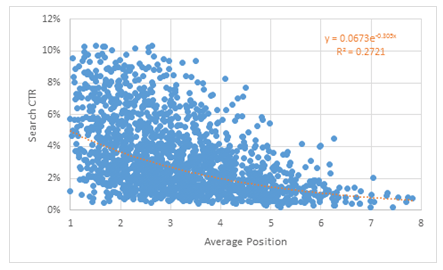
There’s no doubt that advertising with Google Ads (formerly known as AdWords) is one of the best ways to raise brand awareness and acquire new users – but unfortunately, paid search can be tricky, and if you’re making mistakes, it will cost you.
In this article, I’ll outline five extremely effective paid search strategies that too many advertisers aren’t taking advantage of. Read on and I bet you’ll find a new strategy to try that will save you money and get you better results from your paid search campaigns.
1. Single-keyword ad groups.
Single keyword ad groups (a.k.a. SKAGs) are exactly what they sound like – ad groups that contain one keyword only (and possibly different match types).
For example, here’s what a SKAG might look like:
Ad group
cheap flights
Keywords
[cheap flights]
“cheap flights”
+cheap +flights
As you can see, this ad group contain the same search term, with exact, phrase and modified broad match types.
By now, you’re probably asking yourself, why should you create and maintain all these ad groups in your campaigns? Well, the answer is simple:
By using SKAGs you will be able to dramatically increase your CTR, which will lead to a lower CPC and higher Quality Score, which will end up in a lower CPA.
Sounds like a PPC dream, right? It’s actually very simple. Here’s how it happens:
Having one keyword in your ad group allows you to write better ads that can be extremely specific and relevant to what the users are actually searching for. As you probably already know from managing search campaigns, a high ad relevancy will probably generate a higher CTR, which will improve the keyword’s Quality Score and of course lowers the CPC. Obviously, the end result of all that will be a lower CPA – mission accomplished.
In addition to enabling you to write better and more relevant ads, you can also dramatically increase your conversion rates by creating a unique landing page for each of those SKAGs. A relevant landing page that matches the search term will also lead to a higher Quality Score and higher conversion rates. And as you probably already guessed – a lower CPA!
Note: Having too many SKAGs can make it very hard to maintain and optimize your account. I recommend that you start by choosing about 10 keywords in your campaigns, pause them in their existing ad groups, and create new SKAGs for them, with matching landing pages. I would actually start with five keywords that are performing well and five keywords with your highest CPA to see how you can reduce it.
Doing so will allow you to carefully test this PPC strategy, and slowly shift to it.
2. Bing Ads
Not taking advantage of the audience on Bing is a huge mistake in your paid search strategy. Passing on Bing means passing on about 30% of the search traffic in the US, and lower cost for most keywords. Now, how can you pass on that?
There are so many good reasons to include Bing in your paid search strategy. The first one is that it simply doesn’t require any work.
You can create and optimize all your campaigns on Google, and simply copy everything you do there on Bing.
Yes, Bing allows you to do it, to make things easier for you to advertise with them.
But of course, there are more reasons to advertise with Bing. By doing so you will get more traffic and conversions, lower bids and CPC for most keywords, and in some vectors higher-quality users.
And here’s a bonus reason – just as you might have passed on Bing, some of your competitors did. Lucky for you, you’re reading this post, and will beat them to it, gaining more traffic with less competition. So hurry up, and copy your campaigns from Google Ads to Bing.
3. RLSA
RLSA stands for “Retargeting Lists for Search Ads”. Basically, it means that you can target your past visitors when they are back searching for the keywords in your campaigns.
Returning users have a much higher chance to convert, and using RLSA allows you to bid higher to make these users come back.
For example, let’s take the following scenario – a certain user visited your site which offers business loans. Then, within the next 30 days, he searches for ‘business loan’ on Google. Using RLSA in your search campaigns, will allow you to separate such users from the cold audience, and use a much higher bid and a unique ad to get them.
What makes RLSA so powerful is the fact that you know they are still on the search for what you can offer them, therefore easier to convert.
So, how do you actually use RLSA in your search campaigns?
It’s actually much simpler than you might think. First, you will need to create remarketing lists in your AdWords and/or Google Analytics account (Exactly the same as you do with the Google Display Network). For example, you can create a list of your past visitors in the last 30 days.
Once you have your lists done, you can either add them to your existing search campaigns as an audience and use a bid adjustment, to bid higher on those specific users. That’s probably the best way to start with RLSA. If you wish to take it one step further, you can duplicate your search campaign, or at least some of them, and use them to target only returning users.
Doing so will allow you to write different ads, and have a better control over your budget split between returning users and newcomers. The downside of doing so is that it’s very time consuming, since it practically doubles your campaigns.
4. Negative retargeting lists
As mentioned before, a returning user has a much higher chance to convert than a cold one, making retargeting an absolute must for advertisers, but there’s more to it. Retargeting your website visitors is always right; retargeting them all of them is not.
Just like negative keywords, negative retargeting lists will help you make sure you display your ads to the right people.
Using negative retargeting lists allows you to make sure you’re not wasting your advertising budget on people who visited your site but probably weren’t really interested in what you are offering to your costumers.
For example, I always make sure to exclude the people who visited the “Jobs” page. If they were browsing through it, they are certainly not interested in becoming a customer, and there’s no reason for me to spend my money on the people who were searching for a job at the company.
Using negative retargeting lists is actually quite simple. All you have to do is create an audience in your account and exclude it from your ad groups.
Tip: While you’re making the effort to make exclusions in your retargeting, you can also focus on some that are more valuable. For example, people who visited your pricing page have shown a greater interest in your offer, and therefore are worth closer attention and a higher bid. Separate the people who visited such pages, and place those lists in your retargeting ad groups, with a higher bid.
5. Stop focusing on being #1
Average position is definitely one of the key metrics being followed and optimized by paid search marketers, who are putting much of their efforts trying to rank higher than their competitors and achieve the 1st position in the search results. But is it really what they should be focusing on? Not necessarily.
Ask yourself what is your goal? Being #1, or acquiring users at the best possible ROI? I assume it’s the second one…
Having your ads ranked as the first result at the top of the search results page will certainly get you more traffic, but is it really cost-effective? Probably not.
Here are the two main reasons for that:
- Getting the first position requires a much higher bid compared to what is required for the second or third positions. Therefore, insisting on ranking above all your competitors can dramatically increase your CPC, which of course means it will increase your CPA and might get you to the point that it is not cost-effective.
- The first result is obviously the first thing users see while searching on Google, and in many cases, they will click on it without fully reading the ad. So, if your ad is the first thing they see it will get you a lot of irrelevant paid clicks, which is a total waste of your budget.
Try to analyze your total account results by average position, and see which position gets you the best results (in terms of volumes compared to price). In most cases, the average position of 2 or 3 is much more cost-effective, and will still deliver the volumes you are aiming for.
So, let your competitors waste their budget on the first position, and win from the second spot.
Final words
Not jumping on these easy and yet highly effective strategies will cost you in the form of lower ROI for your paid search advertising and fewer prospects entering your funnel and moving through the sales cycle. Don’t make that mistake! Get ahead of your competitors now, it will do wonders for your results.













